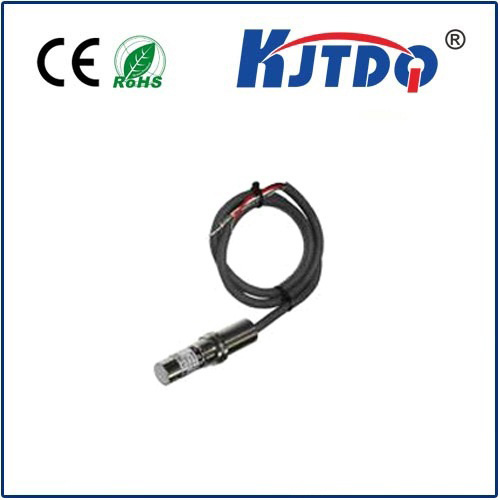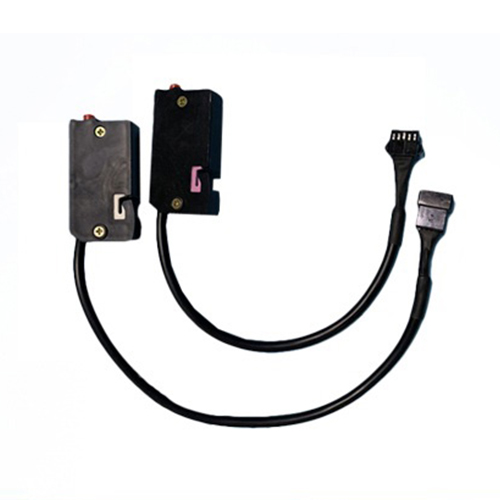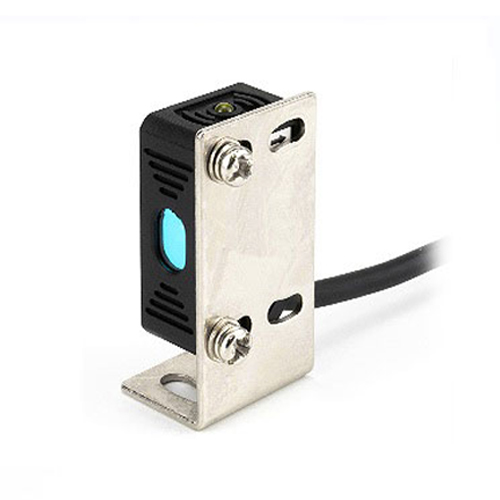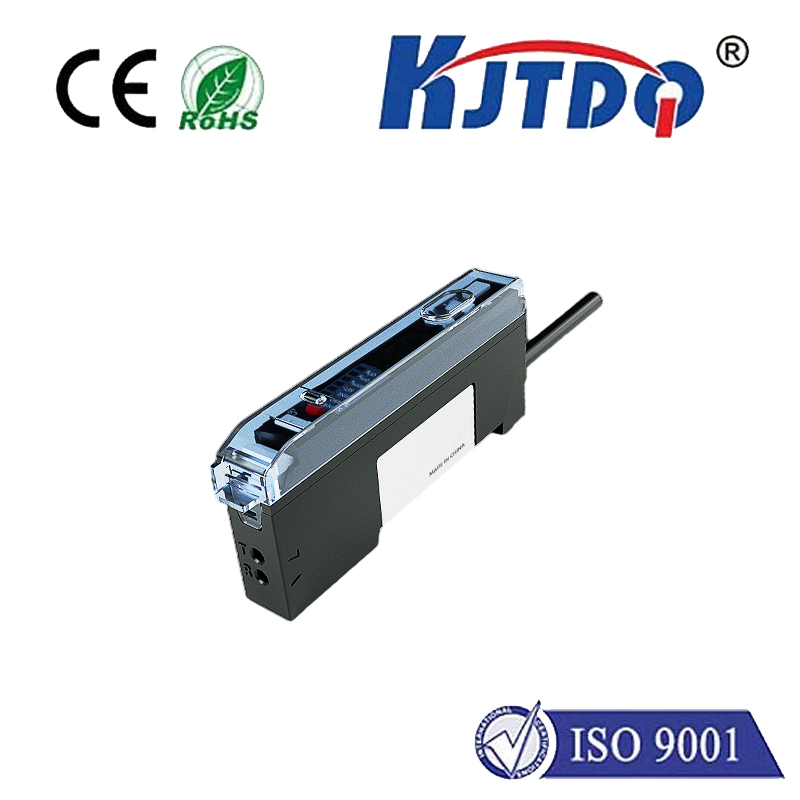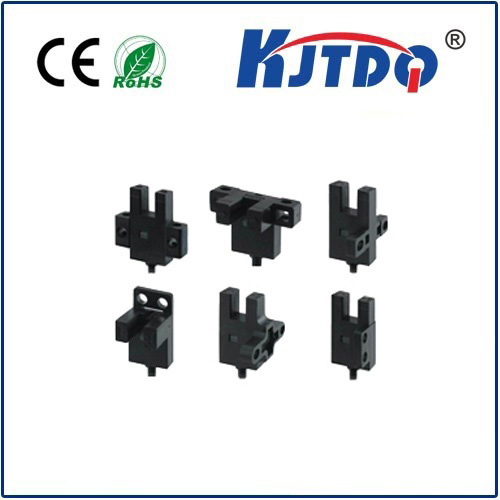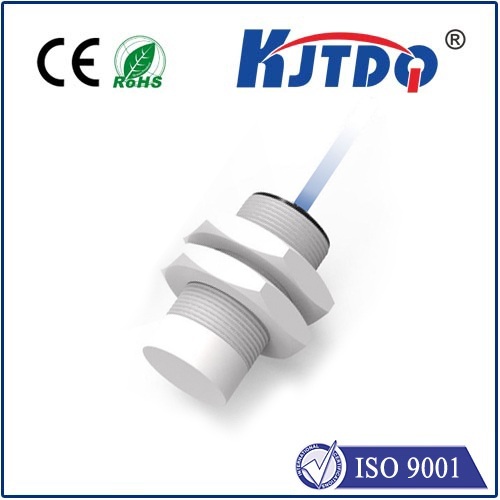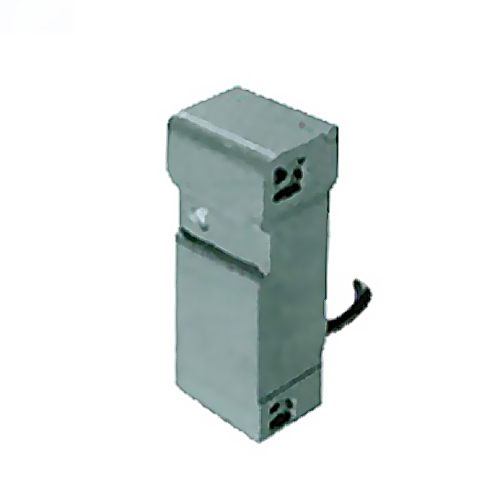switch proximity built-in photoelectric sensor
- time:2025-09-11 02:38:26
- Click:0
The Mighty Miniature: How Built-in Photoelectric Sensors Revolutionize Proximity Switching
In the intricate dance of modern automation, detecting the presence, absence, or position of objects is fundamental. Among the diverse cast of sensors enabling this, photoelectric sensors hold a starring role, prized for their versatility, non-contact operation, and reliability. But when space is at a premium, integration is key, and seamless operation is non-negotiable, the switch proximity built-in photoelectric sensor emerges as a truly indispensable performer. This compact powerhouse combines the core functionality of photoelectric sensing directly within a switch or device housing, unlocking new levels of design freedom and operational efficiency. Understanding its working principles and advantages reveals why it’s becoming the go-to solution in countless applications.
Demystifying the Photoelectric Core
At the heart of every photoelectric sensor lies a simple yet powerful principle: using light to detect an object. A light emitter (typically an LED) sends out a beam – visible red, infra-red, or laser, depending on the type and required precision. A receiver then monitors this light beam. The sensor triggers its switch output (often a solid-state or relay contact) when the presence of an object interrupts this beam (in a through-beam setup) or reflects it back (retro-reflective or diffuse modes). This ability to detect objects without physical contact is the essence of proximity sensing, preventing wear and tear and enabling high-speed operation.
The Power of Being “Built-In”

The term “built-in” signifies a critical design philosophy. Instead of being a separate, externally mounted component requiring its own housing, cabling, and mounting hardware, the photoelectric sensor is integrated directly into the structure of another device or assembly.
Here’s why this integration is transformative:
- Space Optimization: In tightly packed machinery, control panels, robotics, or consumer devices, saving every millimeter counts. Eliminating the bulk of a separate sensor housing and its mounting bracket is a massive advantage. The compact profile allows designers to fit functionality into spaces previously deemed impossible.
- Simplified Installation: Less wiring, fewer connection points, and no need for separate mounting procedures mean faster, easier assembly and reduced installation costs. Integration minimizes potential points of failure inherent in external connections.
- Enhanced Reliability & Protection: Being enclosed within the host device offers inherent protection against environmental hazards like dust, moisture, oils, and physical impacts. This robustness is crucial for demanding industrial environments. Internal wiring is also shielded from vibration and accidental disconnection.
- Sleeker Aesthetics: For applications where appearance matters (e.g., consumer electronics, kiosks, medical equipment), a built-in sensor provides a clean, unobtrusive look without protruding components.
- Improved Performance Consistency: Integrating the sensor ensures precise, repeatable positioning relative to the critical detection point within the host device. Alignment is factory-set and maintained, eliminating potential calibration drift from external mounting.
- Cost Efficiency: While the sensor itself might have a similar cost, savings are realized through reduced assembly time, less cabling, fewer connectors, and potentially simplified inventory management for the final product manufacturer.
Where Switch Proximity Built-In Photoelectric Sensors Shine
These miniature workhorses find application across a vast spectrum:
- Industrial Automation: Detecting parts on miniature conveyors, confirming gate/cover closure on compact machinery, verifying spindle tool presence, position sensing within small actuators or grippers, paper/foil break detection in tight spaces. Their resilience in harsh factory environments is key.
- Robotics & Cobots: Providing precise end-of-arm tooling (EOAT) confirmation, sensing object presence in grippers, detecting collisions or proximity to obstacles on compact collaborative robot arms. Space constraints within joints and effectors make integration essential.
- Material Handling: Verifying package position on sorting arms, detecting tiny components on feeders, confirming label or tab presence before application. High-speed operation demands reliable non-contact sensing.
- Consumer Electronics & Appliances: Paper jam detection in printers, media presence verification in disk drives, safety interlocks on food processors or access doors, level sensing (e.g., using diffuse reflection). Aesthetics and user safety are paramount.
- Medical Devices: Confirming vial or cartridge placement in analyzers, sensor positioning in diagnostic equipment, safety door interlocks on treatment units. Reliability and contamination control are critical.
- Vehicular Systems: Gear position detection, convertible roof position verification, seat belt buckle confirmation, compact actuator positioning. Vibration resistance and long-term reliability are non-negotiable.
Choosing the Right Built-In Photoelectric Proximity Switch
Selecting the optimal sensor involves careful consideration:
- Sensing Mode: Does the application allow for a reflector (retro-reflective), rely on the object reflecting light (diffuse), or permit components on either side (through-beam)? Through-beam generally offers the longest range and highest reliability but requires emitter and receiver placement.
- Light Source: Visible red for easy alignment, infra-red for resistance to ambient light interference, or laser for pinpoint accuracy on very small objects?
- Range: The required detection distance (operating range). Ensure the sensor meets or exceeds this under expected conditions.
- Output Type: Solid-state (PNP/NPN) for PLCs and electronic controls, or relay contacts for directly switching higher loads? What voltage levels are needed?
- Environmental Factors: Required Ingress Protection (IP) rating for dust/water resistance, temperature tolerance, and resistance to potential optical interference (ambient light, steam, dirt buildup).
- Size & Form Factor: The physical constraints of the host device’s available space for integration are paramount to the feasibility of using a built-in solution. Ultra-miniature options are readily available.
- Response Time: How quickly must the sensor detect an object and trigger its output? Critical for high-speed automation lines.
The Future is Compact and Integrated
The relentless drive towards miniaturization, smarter manufacturing, and more reliable automation underpins the growing significance of switch proximity built-in photoelectric sensors. By embedding reliable, non-contact detection directly into the fabric of machines and devices, engineers overcome spatial limitations, streamline design, enhance robustness, and ultimately create more efficient and dependable systems. As photoelectric technology continues to advance, offering smaller footprints, smarter features (like background suppression, IO-Link connectivity built-in), and even greater resilience, the role of these integrated sensors will only expand, proving that sometimes, the most powerful solutions come in the smallest packages, silently ensuring the smooth, precise flow of modern automation.






